For those who love and have explored coffee, the name Moka often evokes luxury and nobility. This is because this type of coffee is likened to the Queen in the coffee world. But what has made Moka favored with such a special title? What makes its flavor stand out compared to other varieties?

If you are truly passionate about coffee, besides exploring the story of Moka, please refer to the comprehensive article about coffee knowledge from Hello 5 Coffee. This will be the foundation to help you have an overview and deeper understanding of this beverage.
What is Moka Coffee?
Moka belongs to the Arabica variety, sharing the same family with many other famous coffee types such as Typica, Bourbon, Icatu, or Mundo Novo.
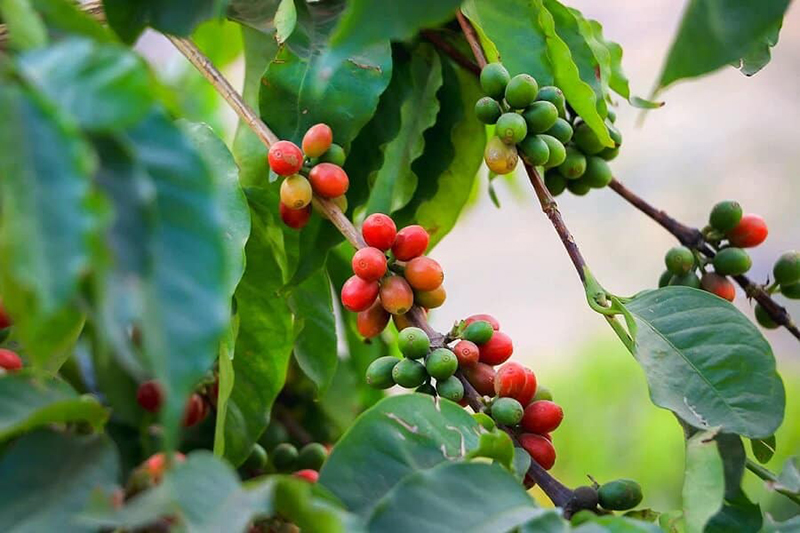
The origin of the Moka variety is closely linked to the port city of Mocha (Yemen). Because of this, it is also known as Mocha Coffee. The first time Moka left Yemeni territory was at the end of the 13th century, when missionary Marco Polo brought the seeds to Europe for trade.
However, it wasn’t until the 17th century that Moka coffee truly created a major wave in Europe, when people blended it with chocolate, creating a unique Coffee – Chocolate flavor that quickly spread.
Around 1875, the French brought Moka seeds to Vietnam, experimenting with cultivation in northern provinces. After recognizing favorable climate conditions, they developed many large coffee plantations in the Central Highlands, especially Cau Dat – Da Lat, where Moka has been associated and become famous to this day.
Moka Coffee Growing Regions in Vietnam
From the moment the Moka coffee variety became known, Vietnamese people have worked to propagate and develop this plant in many places. However, despite applying various cultivation methods, no region could fully recreate the distinctive flavor of Moka like in Da Lat, especially the Cau Dat area – the place that has created the famous Moka Cau Dat brand.
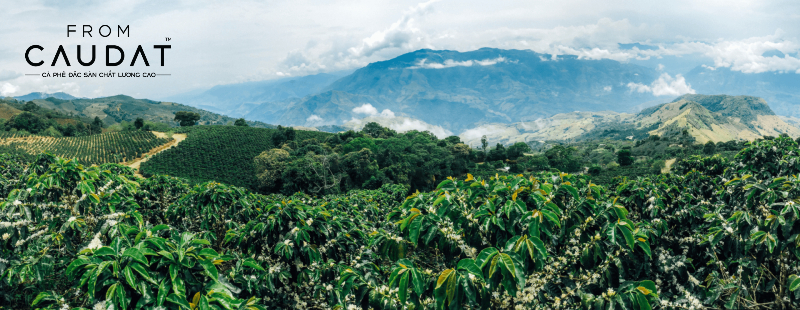
In Vietnam, Moka coffee is currently mainly grown in Cau Dat (Lam Dong). This place possesses ideal natural conditions: elevation from 1,500 – 2,000m above sea level, temperate and cool climate year-round, abundant rainfall, clean water sources from upstream, and especially fertile red basalt soil. All these factors converge, helping Moka plants grow healthily and produce coffee beans with fragrant and delicious flavors, different from any other growing region in Vietnam.
Characteristics of Moka Coffee
Compared to many other Arabica varieties, Moka coffee is considered a difficult-to-grow plant, susceptible to pests and diseases, requiring extensive care. Therefore, from appearance to flavor, Moka carries distinctive characteristics.

Biological Characteristics
Moka plants have light gray trunks with deep taproot systems penetrating into the soil. Leaves grow symmetrically, small and sparse, forming thin canopies. Compared to other coffee varieties, Moka plants usually grow weaker, produce fewer fruits, and are prone to diseases, making cultivation extremely laborious.
Fruit Characteristics
When young, Moka fruits are light green and glossy. When ripe, they gradually turn tomato red then dark red. Moka beans are typically small and round, different from the long, flat bean shape common in many other Arabica varieties.
Distinctive Flavor of Moka Coffee
The title “Queen in the coffee kingdom” comes from Moka’s unmistakable flavor. When brewed pure, a cup of Moka coffee delivers mild bitterness, harmonized with a touch of elegant acidity and a rich aftertaste from natural oils in the beans.
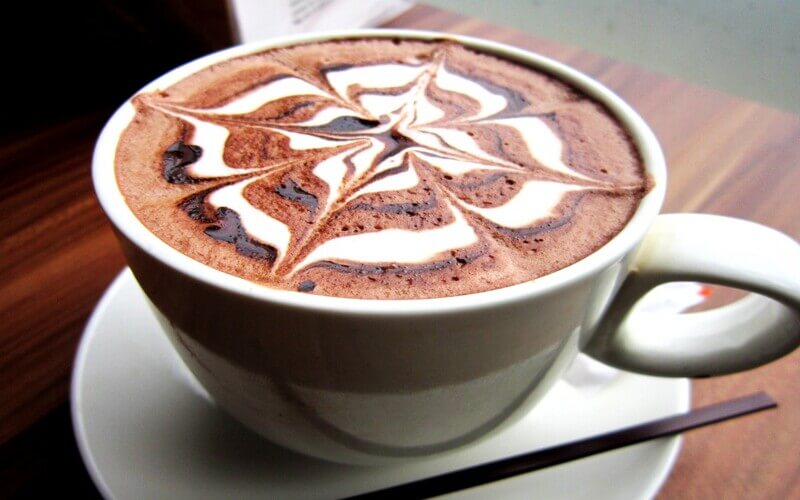
The Moka tasting experience usually begins with bitterness spreading on the tip of the tongue, then quickly giving way to intense aroma and lingering sweetness. It is this meticulous cultivation and processing that creates Moka’s one-of-a-kind flavor – what makes it the desire of coffee connoisseurs.
How to Enjoy Moka Coffee
There are two popular ways to fully enjoy the flavor of Moka coffee: drinking it pure or blending it with other coffee types. Each method brings its own experience, but the dominant flavor remains Moka – refined and unmistakable.
Brewing Pure Moka Coffee
If you want to fully experience the uniqueness of this coffee type, you should try a 100% pure Moka cup. The ideal tool for brewing is the Moka Pot – a specialized design that helps extract flavor through steam pressure.
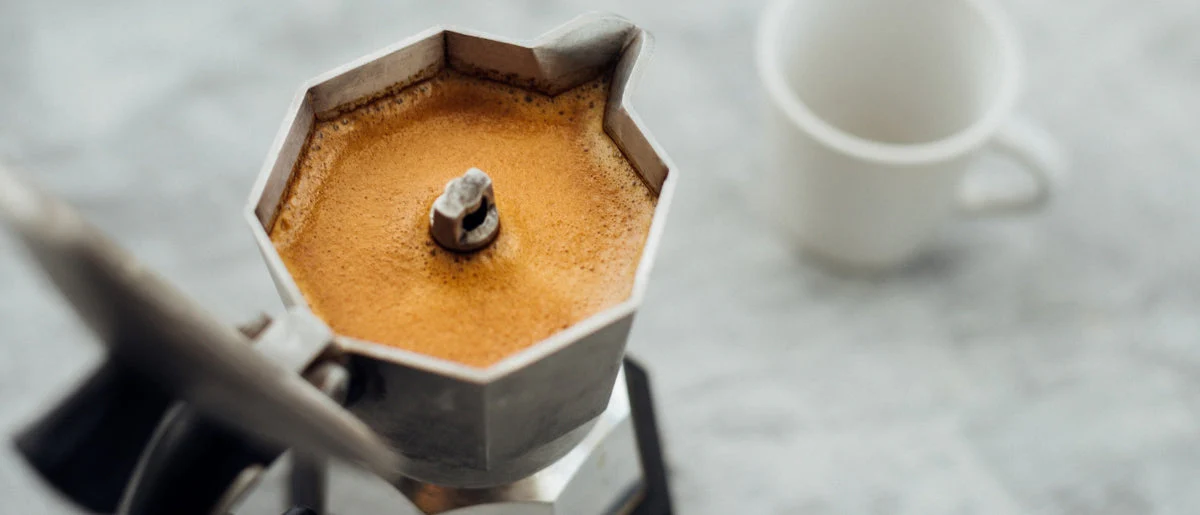
Read more: What is a Moka Pot? How to brew coffee with a Moka coffee maker
How to brew with Moka Pot:
- Pour water into the bottom part of the pot, about half the capacity.
- Place the filter funnel inside, add Moka coffee powder and level the surface gently.
- Attach the top part of the pot tightly, place on the stove.
- When water boils, steam will pass through the coffee powder layer, carrying the flavor and pushing the coffee liquid to the upper chamber.
The result is a rich, pure cup of Moka coffee. Additionally, you can try the Pour Over method to fully extract the elegance in Moka’s flavor.
Blending Moka Coffee with Other Types
Besides drinking it pure, Moka is also often blended with Robusta, Cherry, or cocoa to create more balanced flavors. Some popular blending ratios are:
- 50% Moka – 40% Robusta – 10% cocoa
- 50% Moka – 20% Robusta – 20% Cherry – 10% cocoa
- 30% Moka – 60% Robusta – 10% cocoa
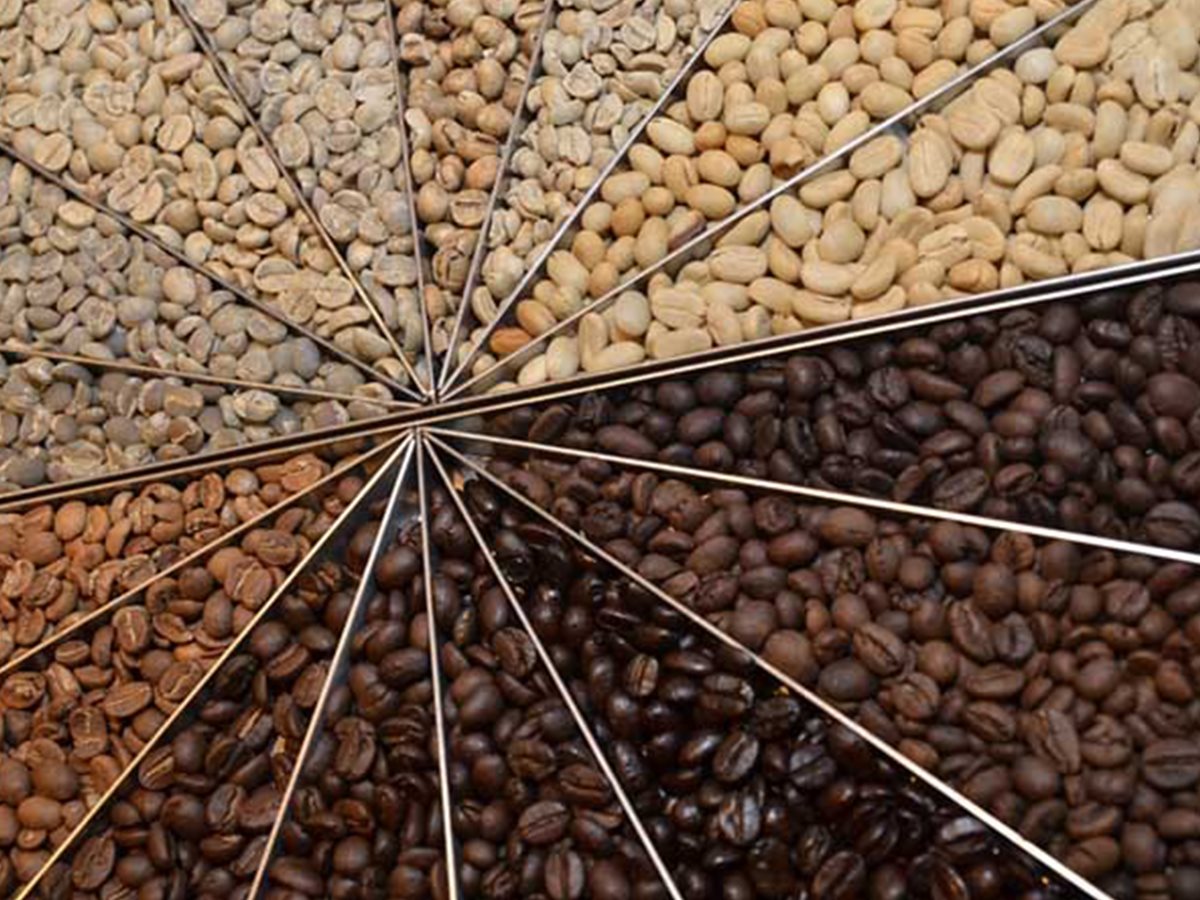
These blending methods help the coffee cup retain the light taste and distinctive aroma of Moka while adding richness from Robusta and sweet richness from cocoa, providing a more balanced and attractive experience.
Thus, the above article has helped you clearly understand what Moka coffee is, its outstanding characteristics and flavor of this coffee variety. Hope the article has provided you with useful information, wishing you good health and enjoyment of delicious coffee cups every day!
